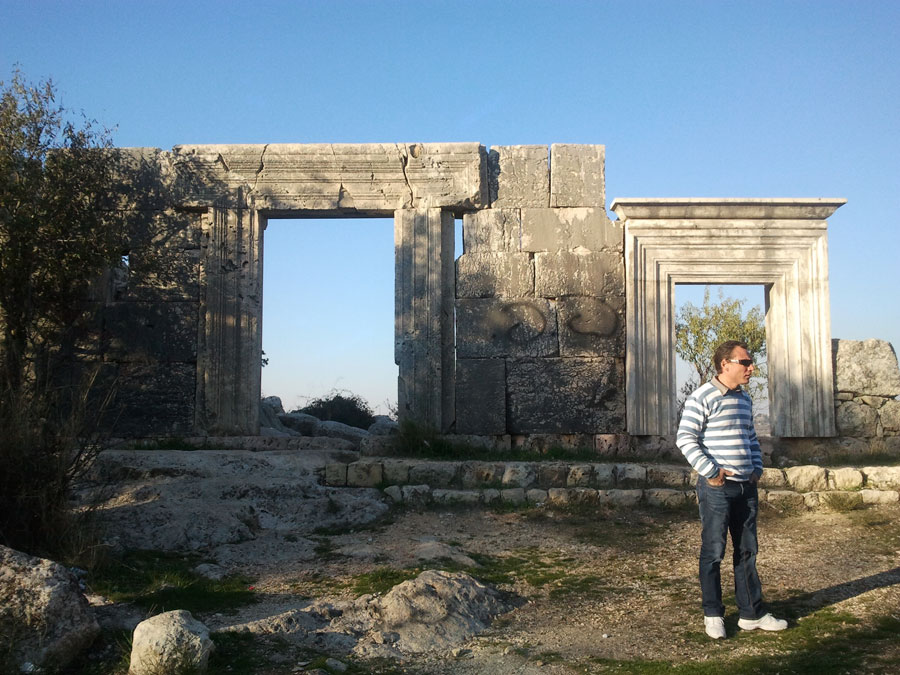The Jewish people are a nation which has fought for its freedom for thousands of years.
The Jewish rebellion against the Roman rule in the Land of Israel is characterized by two great revolts.
The Great Revolt that broke out in the years 66-73 A.C, in which Jerusalem and the Second Temple were demolished, followed by the fall of Masada.
The second revolt is the Bar Kochba revolt which took place in the years 132-135 A.C in which Judea was demolished and most of the Jewish population died.
The majority of Jews in the Land of Israel were settled in the Galilee and the Golan. The Sanhedrin- the Jewish peoples parliament, moved from Judea to the Galilee. For about five hundred years, material and spiritual culture thrived in the Galilee. Cities and villages were built; agriculture thrived, as did spirituality. The Mishna and Talmud were written and sealed in the Galilee. Dozens of magnificent synagogues were erected.
In the duration of more than a hundred years of research and archeological excavations, many of these synagogues have been discovered. Different models of ancient synagogues exist. Some are simple and modest; others are big and extravagant, decorated with impressive mosaics.
Every now and then we discover a grand, lavish structure in the center of a small settlement with small, modest houses.
One must wonder how these simple peasants were able to pay for such an immense and expensive structure.
From inscriptions found etched on the stones and from what can be learned from the Mishna and Talmud, we understand that the construction of such a building could have lasted up to three generations!
Synagogues such as these have been found in Bar’am, Tzippori, Kfar Nahum (Copernaum), Gamla, Beit Alfa and more.
A tour following these synagogues is an artistic and architectural experience.



